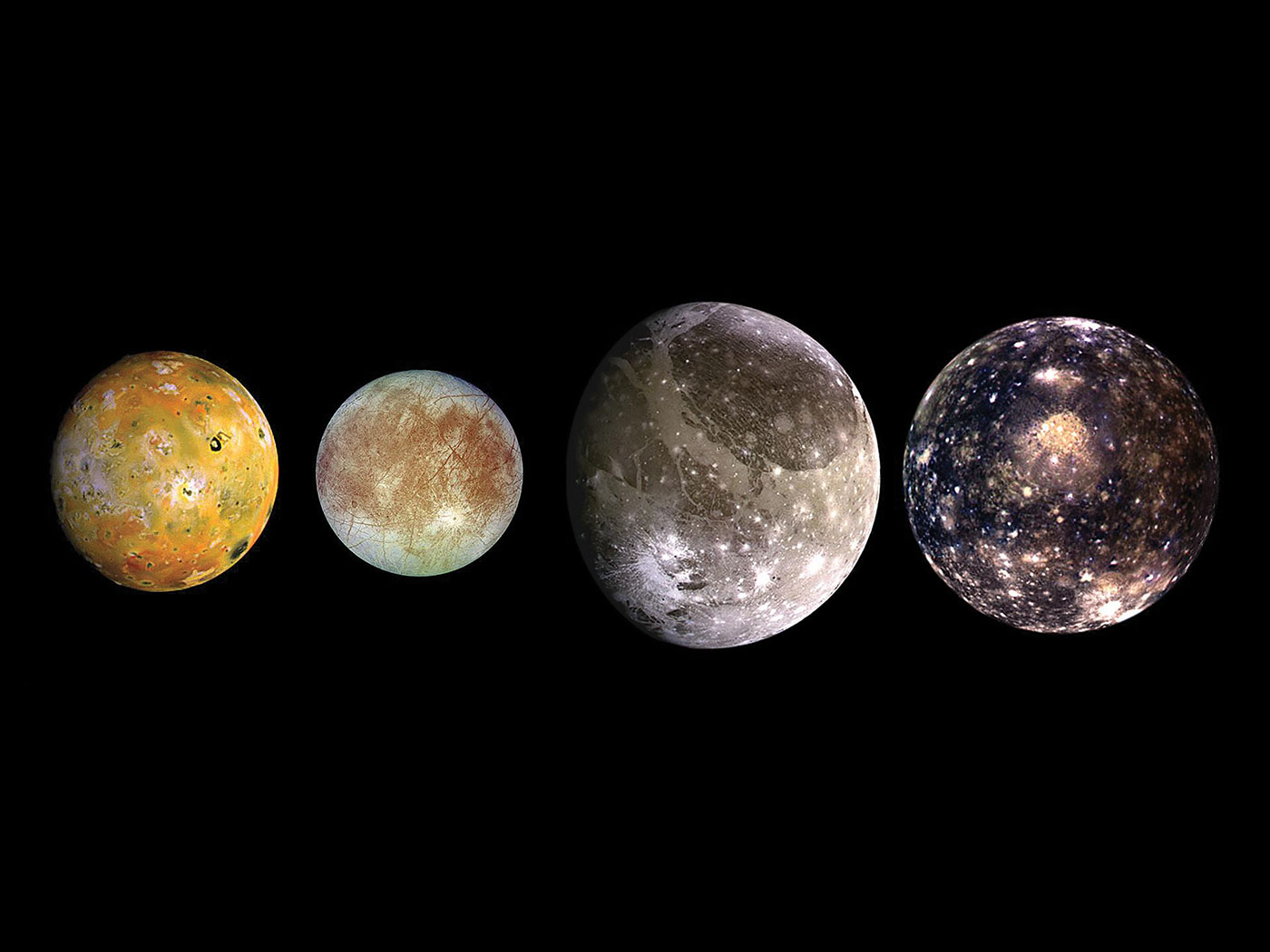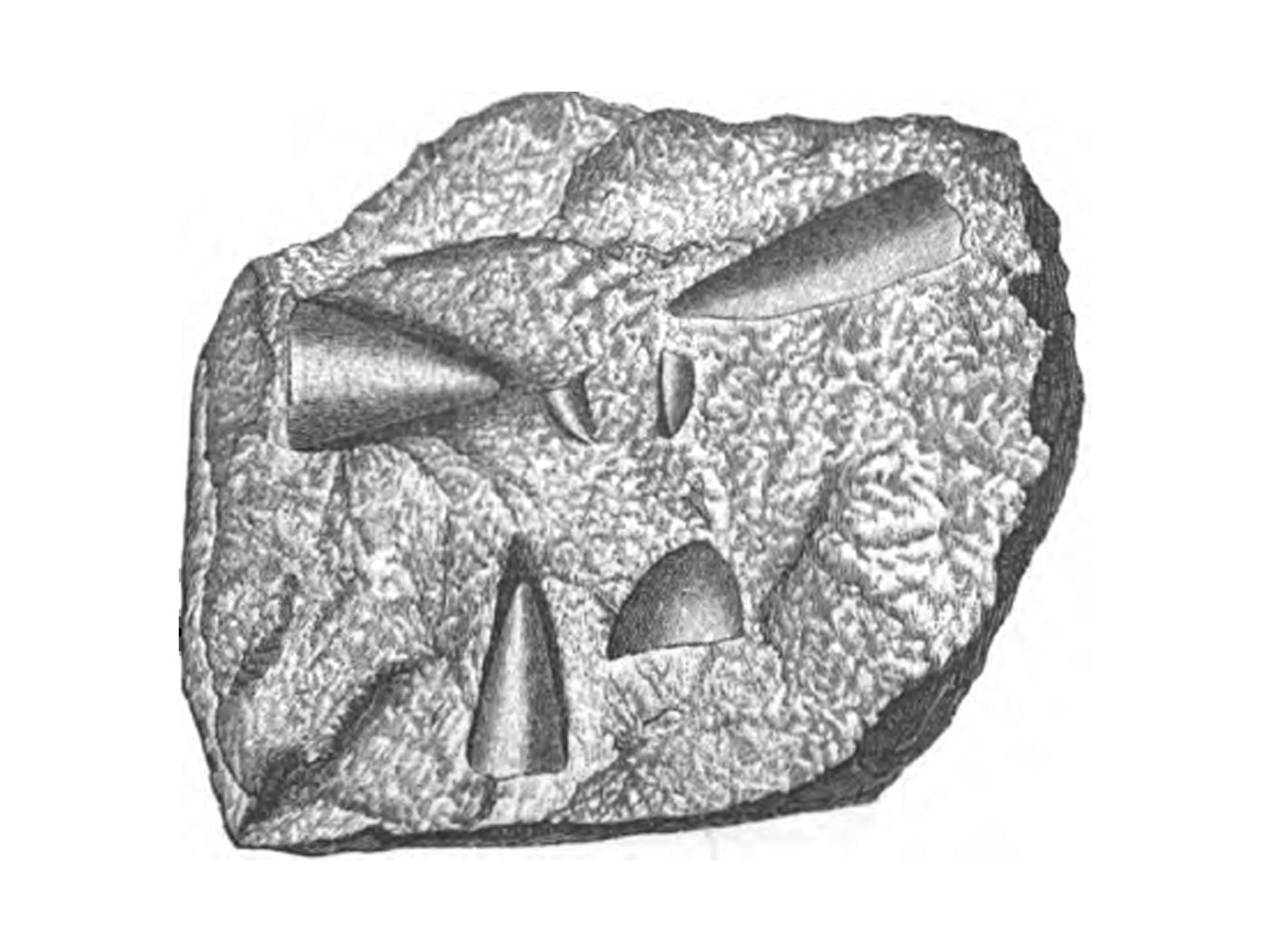Scientists have known for several years that the human genome is pervasively copied into various RNA molecules (transcripts), although scientists have been unsure about what much of it actually does. New research shows that about 10 percent of the genome encodes a newly characterized type of regulatory molecules called "vlincRNA."1
When scientists first completed a draft of the human genome, they discovered that it only contained about 20,000 to 25,000 protein-coding genes.2 However, researchers soon discovered that these protein-coding genes produced a vast array of RNA transcript variants and that the other regions of the genome were also transcribed into RNA molecules of diverse types and categories.3 Because much of the function and purpose of this non-coding RNA was a complete mystery, it was given the label "dark matter."
One of the first types of RNA discovered that were associated with this so-called dark matter were called long intergenic non-coding RNAs (lincRNA) because they were encoded in regions of the genome in between protein-coding genes.4 These lincRNAs are typically shorter than most protein-coding genes. They also have the same regulatory and control features as protein-coding genes and produce RNA transcripts that are processed similarly with a protective cap and a regulatory tail. Functions for these lincRNAs include cell-cycle regulation, programmed cell death, and the establishment of cell identity.4
Amazingly, a new type of lincRNA sequence in the genome has recently been characterized that actually constitutes a whole new class of DNA sequence and accounts for a whopping 10 percent of the entire human genome.1 These "vlincRNAs" (very long intergenic non-coding RNAs) are much larger than protein-coding genes or standard lincRNAs; their median length is about 83,360 bases. In this new study, researchers discovered 2,147 different vlincRNAs in the human genome. When the vlincRNAs were evaluated in a variety of cell types, they were found to be associated with cell identity, developmental states, and cancer—illustrating their importance to human cell and tissue development and overall human health.
Another interesting feature of the vlincRNA discovery was the fact that the regulatory code that controlled the vlincRNA’s expression was related to features found in transposable elements—another former category of junk DNA. The importance of transposable elements in regulating gene expression and function for the genome is now becoming well-established.5
Based on the results of this study, researchers speculated that vlincRNAs work to create a scaffold in the cell’s nucleus to regulate gene expression and function for both protein-coding genes and other non-coding regulatory RNAs. Clearly, the aberrant vlincRNA profiles found in cancerous cells, compared to normal cells, illustrate their importance as key regulators of human health.
One of the most noteworthy aspects of this vlincRNA research paper was the positive attitude of the scientists reflected in their premise of looking for purpose and function in the genome. The negative fault-finding paradigm of evolution, that constantly looks for mistakes in the human genome to attribute to naturalistic processes, was conspicuously absent.
Of course, the amazing discovery that vlincRNAs entail can ultimately only be properly understood in light of intelligent-design principles attributed to an all wise and powerful Creator.
References
- St Laurent III, G., et al. 2013. VlincRNAs controlled by retroviral elements are a hallmark of pluripotency and cancer. Genome Biology. 14 (7): R73 doi:10.1186/gb-2013-14-7-r73.
- International Human Genome Sequencing Consortium. 2004. Finishing the euchromatic sequence of the human genome. Nature. 431 (7011): 931-945.
- Clark, M.B., et al. 2011. The Reality of Pervasive Transcription. PLoS Biol. 9 (7): 9:e1000625.
- Ulitsky, I. and D.P. Bartel. 2013. lincRNAs: Genomics, Evolution, and Mechanisms. Cell. 154 (1): 26-46.
- Tomkins, J. 2013. Transposable Elements Are Key to Genome Regulation. Creation Science Update. Posted on icr.org March 27, 2013, accessed August 10, 2013.
*Dr. Tomkins is Research Associate at the Institute for Creation Research and received his Ph.D. in Genetics from Clemson University.
Article posted on August 19, 2013.




















